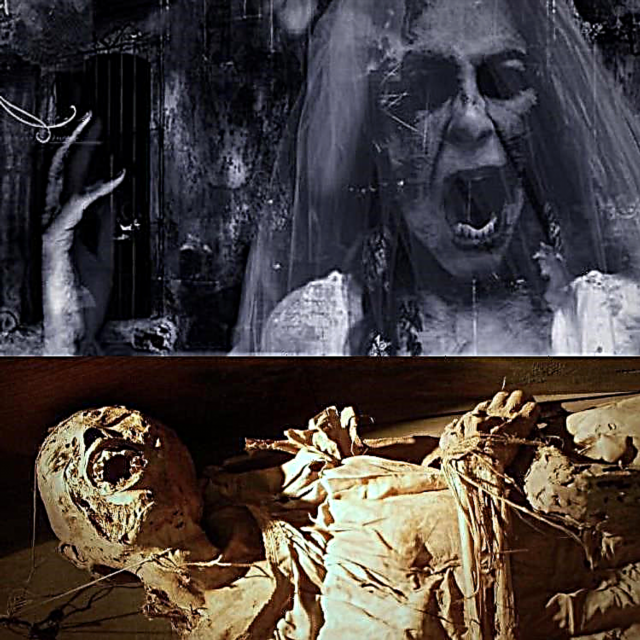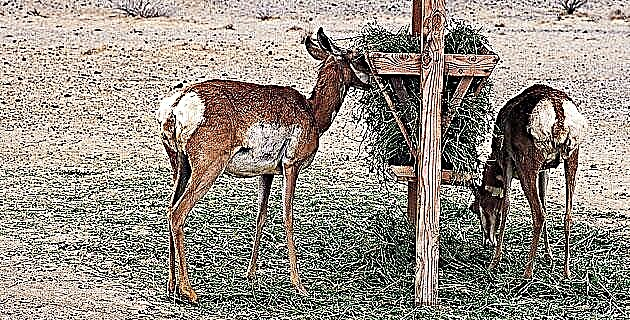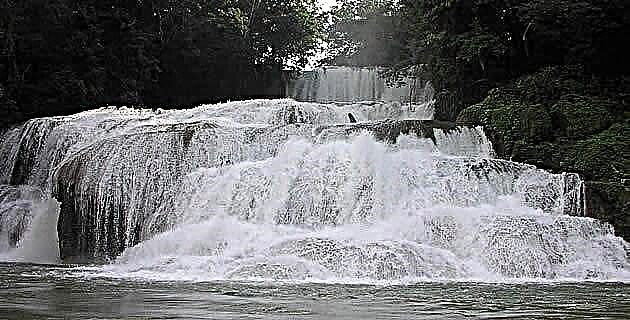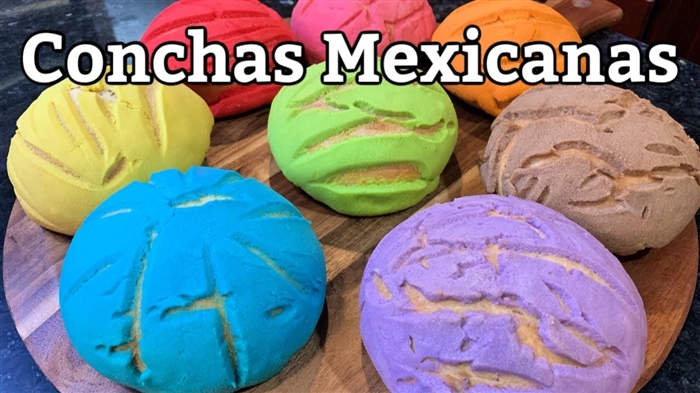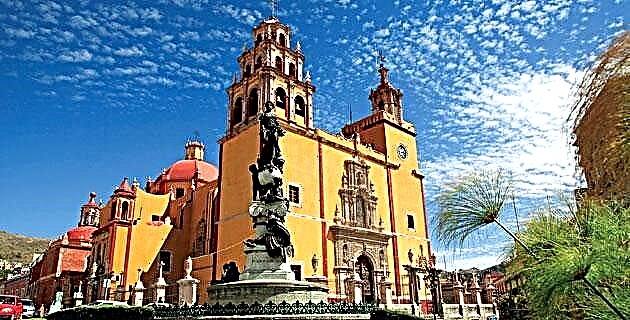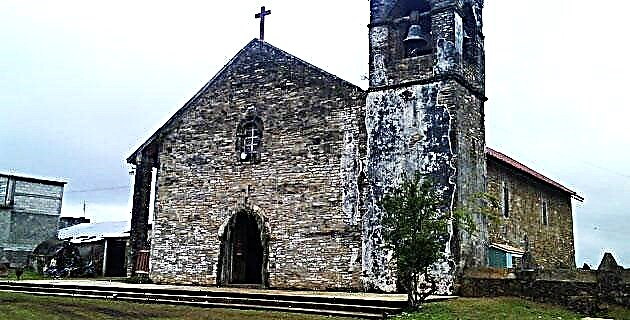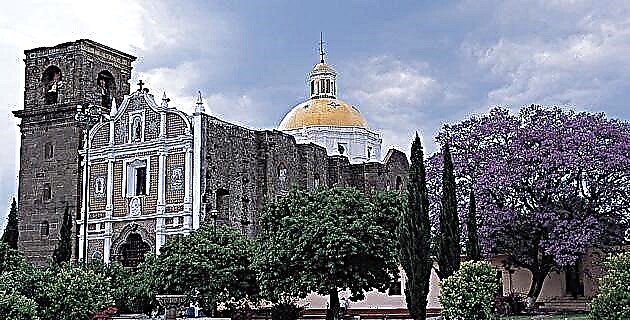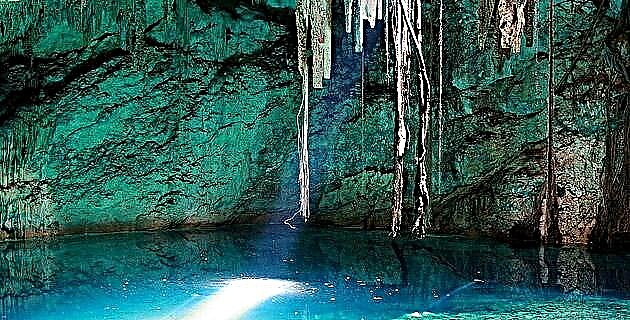
Fray Diego de Landa, a Franciscan missionary and chronicler of the 16th century in Yucatán, zealous for his evangelizing mission, toured various places on the peninsula where it was known that there were ruins of the ancient settlers.
One of these journeys took him to the famous capital city of Chichén Itzá, of which impressive constructions were preserved, silent witnesses of a past greatness that according to the stories of the elders had come to an end after the wars between the Itzáes and the Cocom. At the end of the conflict, Chichén Itzá was abandoned and its inhabitants emigrated to the jungle lands of the Petén.
During his stay in the ruins, the indigenous guides of Fray Diego took him to the famous cenote, a natural well formed by the collapse of the roof that covered an underground river, allowing men to take advantage of the water for their sustenance.
This immense cavity had a sacred character for the ancient Mayans, as it was the means of communication with Chaac, the aquatic deity par excellence, patron of the rain that watered the fields and favored the growth of vegetation, particularly corn and other plants that they fed the men.
Diego de Landa, inquisitive, through the versions of the elders who had been educated in the times before the conquest, he learned that the Sacred Cenote was one of the most important sites in the rituals that were celebrated in the ancient capital . Indeed, through his informants he learned the legends that ran from mouth to mouth and that described the fabulous treasures, consisting of gold and jade jewelry, as well as the offerings of animals and men, especially young virgin women.
One of the legends told the story of a teenage couple who sheltered their loves in the jungle, against the prohibition of the young woman's parents to meet a man, because since childhood her destiny had been marked by the gods: one day, When she was older, she would be offered to Chaac, throwing her from the sacred altar that was at the edge of the cenote, giving her life so that there would always be abundant rains on the fields of Chichén Itzá.
Thus arrived the day of the main party and the young lovers said goodbye with anguish, and it was at that moment that the gallant teenager promised his beloved that he would not die by drowning. The procession made its way to the altar, and after an endless passage of magical prayers and praises to the god of rain, the culminating moment arrived in which they threw the precious jewelery and with it the young woman, who gave a shocking cry as she fell to the empty and his body was sinking into the water.
The young man, meanwhile, had descended to a level close to the water's surface, hidden from the eyes of the crowd, rushing forward to fulfill his promise. There was no shortage of those who noticed the sacrilege and warned the others; the anger was collective and as they organized to arrest the fugitives, they fled.
The rain god punished the entire city; It was several years of droughts that depopulated Chichén, joining the famine with the most tremendous diseases that decimated the frightened settlers, who blamed the sacrilegious for all their misfortunes.
For centuries, those legends wove a halo of mystery over the abandoned city, which was covered by vegetation, and it would not be until the early twentieth century when Edward Thompson, using his diplomatic quality, was accredited as consul of the United States , acquired the property that housed the ruins of a Yucatecan landowner who considered the unsuitable place for sowing and therefore assigned little value to it.
Thompson, connoisseur of the legends that related the fabulous treasures that were thrown into the waters of the cenote, put all his efforts to verify the veracity of the stories. Between 1904 and 1907, first with swimmers diving in the muddy waters and later using a very simple dredge, he extracted hundreds of precious objects of the most diverse materials from the bottom of the sacred well, among which were elegant pectorals and spherical beads carved in jade, and discs, plates and bells worked in gold, either by hammering techniques or by processing them in the foundry with the lost wax system.
Unfortunately, that treasure was extracted from our country and, for the most part, it is now preserved in the collections of the Peabody Museum in the United States. Given the Mexican insistence on their return more than four decades ago, this institution first returned a lot of 92 gold and copper pieces, mainly, whose destination was the Mayan Room of the National Museum of Anthropology, and in 1976 246 objects were delivered to Mexico , mostly jade ornaments, wooden pieces and others that are exhibited, for the pride of the Yucatecans, in the Regional Museum of Mérida.
In the second half of the 20th century there were new exploration expeditions to the Sacred Cenote, now commanded by professional archaeologists and specialized divers, who used modern dredging machinery. As a result of his work, extraordinary sculptures came to light, highlighting the figure of a jaguar of the most exquisite style of the early Postclassic Maya, which functioned as a standard bearer. Some copper objects that in their time looked bright gold, and simple jade ornaments, and even pieces worked in rubber, of extreme delicacy, that had been preserved in that aquatic environment, were also rescued.
Physical anthropologists eagerly awaited the human bones to testify to the veracity of the pieces, but there were only segments of skeletons of children and bones of animals, particularly felines, a discovery that demolishes the romantic legends of the sacrificed maidens.

